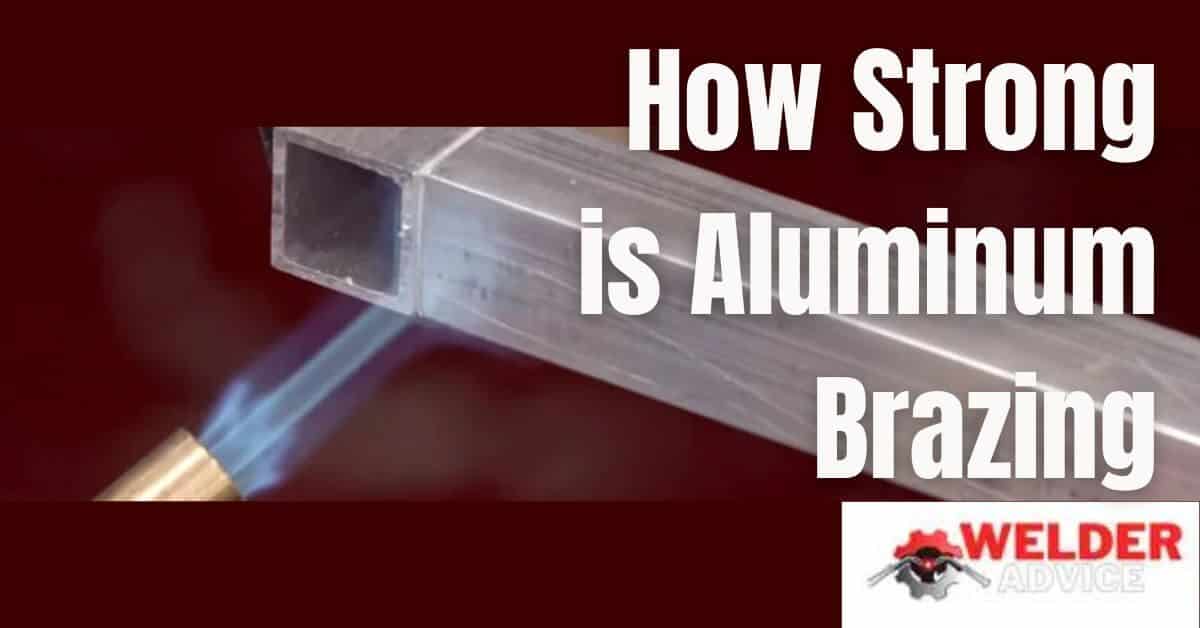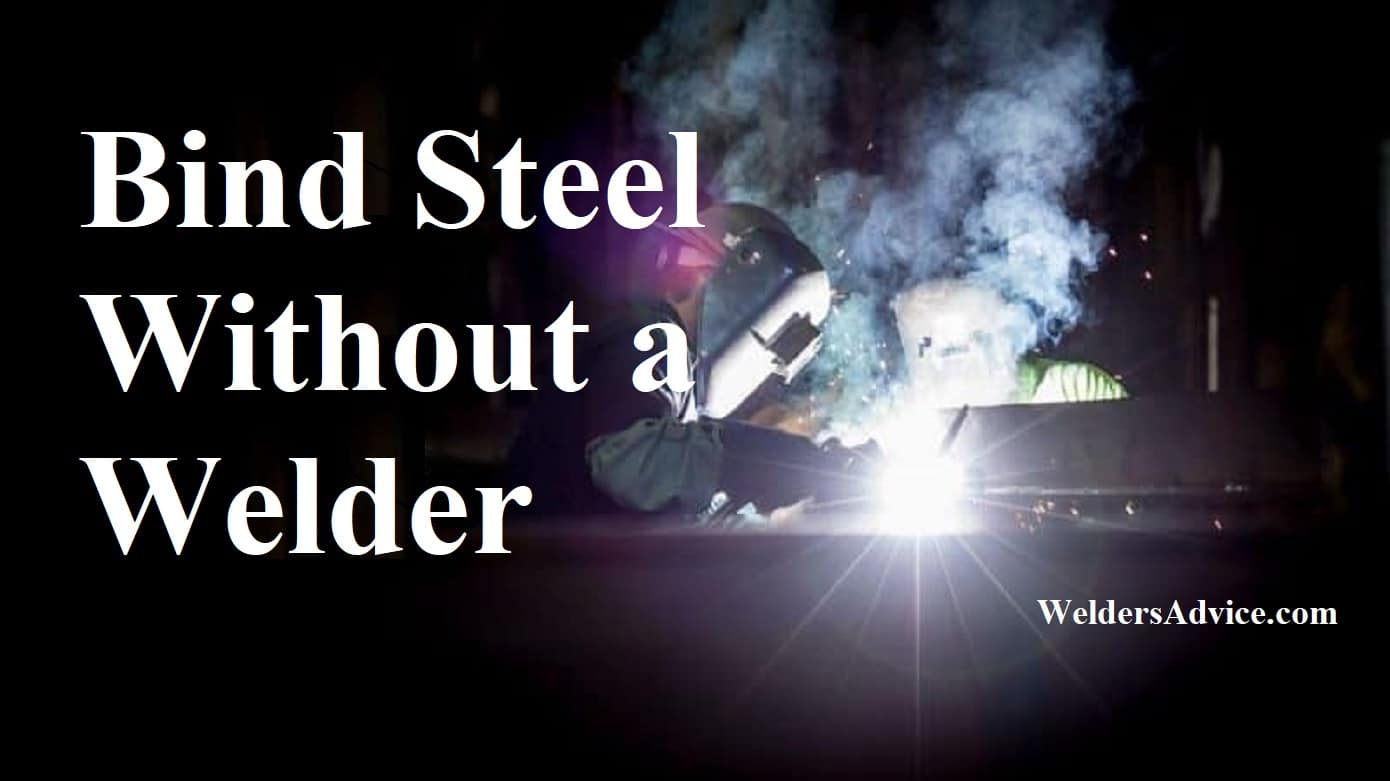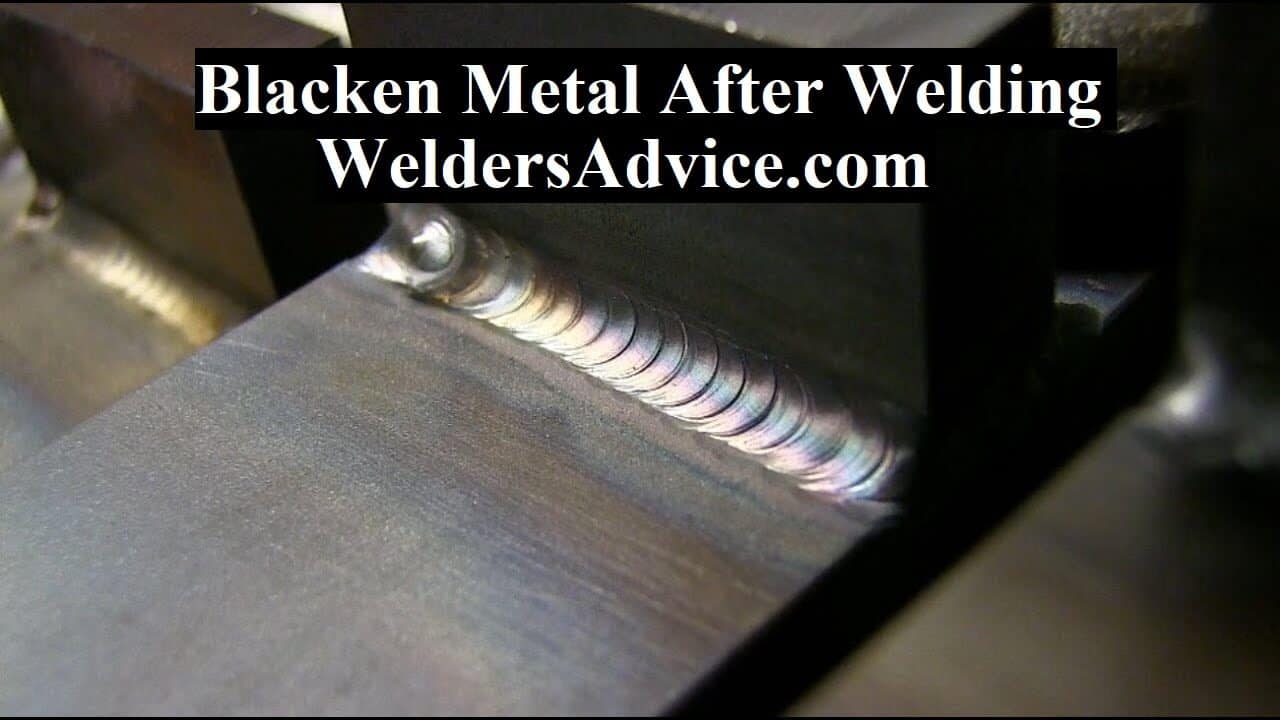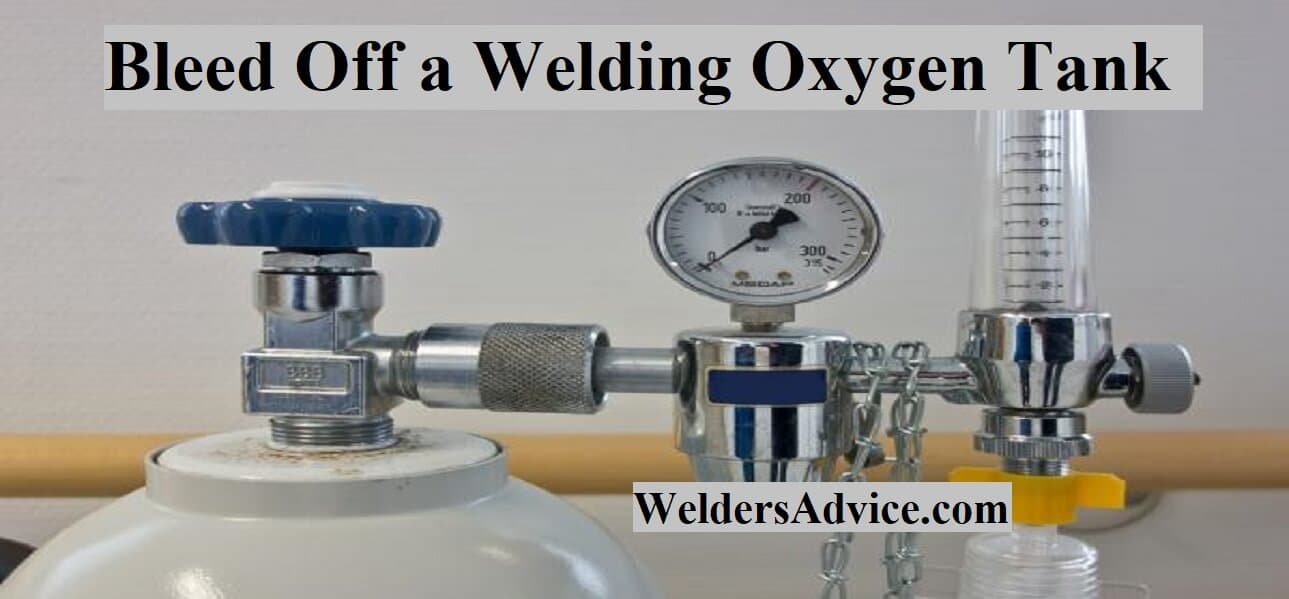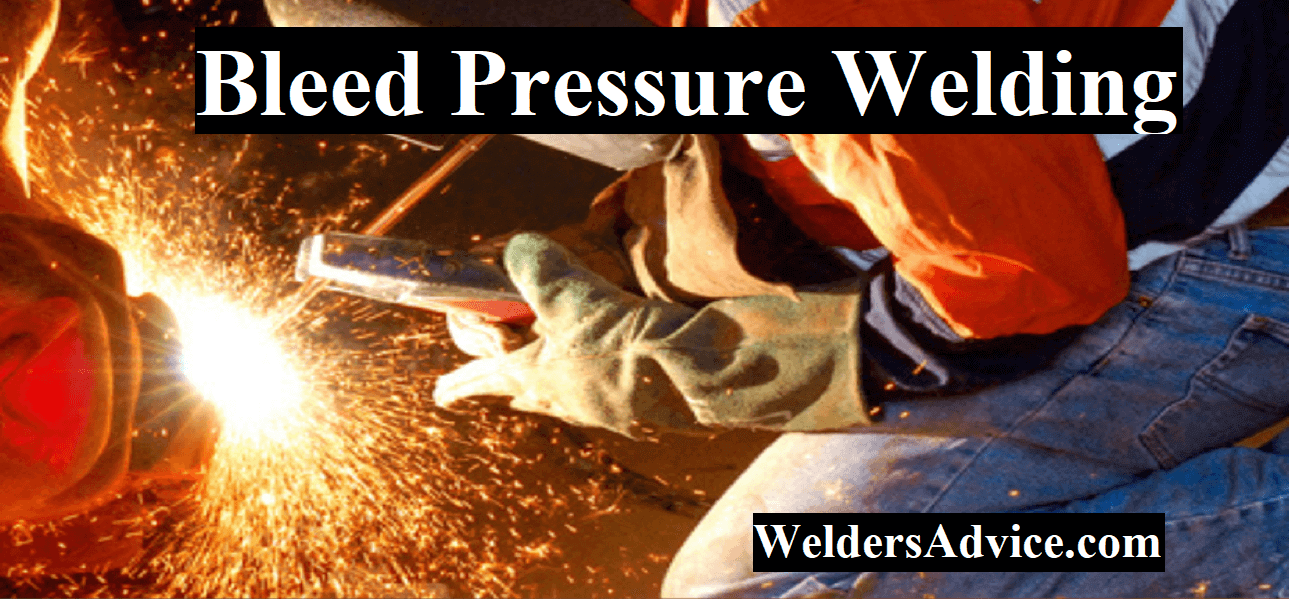How Strong is Aluminum Brazing? As a professional welder, I also used aluminum brazing. When I was a beginner, this question came to my mind also. Aluminum brazing is a popular joining process used in various industries. Including automotive, aerospace, and construction. It involves heating and melting a filler material to bond two aluminum parts together. Brazing is a cost-effective alternative to welding and can produce strong, leak-tight joints that can withstand harsh environments.
However, the strength of the brazed joint depends on several factors, including the choice of filler material, brazing technique, and process parameters. In this article, we will explore the strength of aluminum brazing and the factors that affect joint integrity.
How Strong is Aluminum Brazing
Aluminum brazing creates an exceptionally strong bond due to the combination of physical forces generated by surface tension at high temperatures. And chemical bonding between components.
Additionally, aluminum brazing provides superior corrosion resistance compared with other joining methods. Since there are no exposed mechanical interfaces such as threads or holes in order for moisture to penetrate through.
We can say that aluminum brazing is highly effective in producing joints with exceptional strength and reliability. While offering excellent resistance against corrosion over time.
Maximum Strength That Can Be Achieved Through Aluminum Brazing?
One question that often arises in the minds of people like us is, what is the maximum strength that can be achieved through aluminum brazing? In this article, we will delve deeper into this topic and provide a step-by-step explanation of the process.
The maximum strength that can be achieved through aluminum brazing varies depending on the application and the type of filler metal used. However, research has shown that aluminum-brazed joints can achieve strengths of up to 90% of the base metal’s strength. This means that the joint will be almost as strong as the aluminum itself.
Is Brazing Aluminum Strong Enough?
With proper preparation, brazing can produce very strong bonds between two pieces of aluminum. They are highly resistant to shock, vibration, and corrosion. The process itself involves using a torch or other heat source to melt a filler material. Typically brass—into a gap between two components being joined.
This creates a molecular bond that holds them together securely and permanently. When done correctly by experienced professionals with high-quality materials. Brazing can yield extremely tough connections that will last for years without breaking down under stress or wear from use.
Is Brazing As Strong As Welding?
Brazing and welding are both reliable techniques used to join metal components together. But which one is stronger? While there is no definitive answer due to the complexity of the process. It’s generally agreed that brazing isn’t as strong as welding. The strength of a joint depends on several factors such as material type, temperature, and time spent completing the process.
This means that depending on how well each technique was carried out in any given instance will determine its overall strength. In comparison, however, welded joints tend to be much stronger than those brazed. Because a weld has more intermolecular contact between materials being joined than does brazing.
Furthermore, since welding works by melting pieces together to form a bond rather than just filling gaps between them like with brazing. This makes it less susceptible to failure over time from environmental conditions or stressors. Like vibrations or impacts compared to braze joints.
Is It Better to Weld Or Braze Aluminum?
Welding and brazing aluminum is an important part of many industrial processes. Each process has its own advantages and disadvantages, so it’s important to understand the differences between them before deciding which one is best for your particular application.
When comparing welding versus brazing aluminum. There are several factors that should be taken into account: cost, strength, speed of production, the potential for error, and environmental impact.
Welding produces a stronger joint than brazing due to the fusion process used in welding. However, this also makes it more expensive as well as slower. Brazing uses filler material instead of melting the base metals together like in welding. Although not as strong as welded joints.
They can still provide adequate strength depending on the application at hand. The speed of production is much faster with brazing than welding which may be beneficial if you need a large number of parts quickly or have tight deadlines to meet.
Additionally, no heat needs to be applied while braising. There’s less risk of warping or other distortion from high temperatures associated with welding.
Last but not least both methods create some amount of smoke and fumes when used. However, these emissions can generally be contained using ventilation systems or personal protective equipment. Making either method suitable for most applications without causing any harm to employees or the environment around them.
Ultimately choosing between welding vs brazing aluminum depends on what type of project you’re working on. Along with budget considerations such as cost and time constraints. So make sure you evaluate all aspects carefully before making your final decision!
What factors affect the strength of aluminum brazed joints?
The process is widely used in the manufacturing industry due to its cost-effectiveness and strength. However, the strength of the brazed joints is affected by various factors that need to be considered during the process. In this article, we will discuss the factors that affect the strength of aluminum-brazed joints.
Cleaning
The first factor that affects the strength of aluminum brazed joints is the cleanliness of the surfaces being joined. Any contaminants or impurities on the surfaces will prevent the filler metal from bonding properly, leading to weak joints. Therefore, it is essential to clean the surfaces thoroughly before brazing.
Filler Metal
The choice of filler metal also affects the strength of aluminum-brazed joints. The filler metal should have a lower melting point than the base metal and should have good wetting and spreading properties. A filler metal with poor wetting and spreading properties will result in weak joints.
Flux
Flux is used during the brazing process to remove any oxides or impurities on the surfaces being joined. The type of flux used can affect the strength of the brazed joints. A flux that leaves residue after brazing can weaken the joints over time.
Temperature
The temperature used during the brazing process is critical to the strength of the joints. If the temperature is too low, the filler metal will not melt properly, resulting in weak joints. On the other hand, if the temperature is too high, the base metal can be damaged, leading to weak joints.
Joint Design
The design of the joint can also affect the strength of aluminum braze joints. Joints that are poorly designed can lead to stress concentration, which can weaken the joints over time.
Can Aluminum Brazing Use in The Aerospace And Automotive Industries?
Aluminum brazing is a commonly used joining method in diverse industries, including aerospace and automotive. However, the strength of the brazed joint may vary based on various factors discussed earlier.
Proper execution of aluminum brazing can result in sturdy, leak-resistant joints that can endure tough surroundings and high-stress applications.
To achieve this, it is essential to choose the appropriate filler material, optimize the brazing technique, and regulate the process parameters. However, it should be acknowledged that aluminum brazing might not be suitable for all high-stress applications. And other alternatives such as welding or adhesive bonding may be more suitable.
Best Torch for Aluminum Brazing
The best torch for aluminum brazing is an oxy-acetylene torch. This type of torch has been used in metalworking and welding processes for decades. Due to its high temperature and precision control capabilities.
With the use of a special filler rod made from an alloy such as brass or bronze, it is possible to join pieces of aluminum together with minimal distortion. Oxy-acetylene torches are also one of the most affordable options on the market today, making them a great choice for DIYers and professionals alike.
Aluminum Brazing Not Sticking Problem Solution
If you’re experiencing issues with aluminum brazing not sticking. The most likely cause is that your metal surfaces are too clean and thus have nothing to bond to. To remedy this, make sure to roughen up the surface of the metals before brazing by using a wire brush or a file. Additionally, the flux should be applied in order for the braze alloy to properly adhere and create an airtight seal between both metals.
If all else fails, it’s possible that your braze alloy isn’t compatible with aluminum – try switching out your current braze alloy for one specifically designed for use with aluminum.
Aluminum Brazing Kit
An aluminum brazing kit is a perfect tool for any DIYer looking to join two different pieces of aluminum together. This type of kit includes a torch, some flux paste, and rods made from an alloy. That melts at a lower temperature than the parent metals so it can be used to join them together.
It also has all necessary safety equipment like goggles and gloves as well as detailed instructions on how to use each item included in order to get professional-looking results every time.
Aluminum Brazing Flux
Aluminum brazing flux is a material used in the metalworking process of aluminum brazing. It serves to protect surfaces from oxidation, corrosion, and other forms of contamination during heating and cooling cycles.
Aluminum brazing flux also helps create an even distribution of heat throughout the workpiece for optimal bonding between two pieces of metal.
This type of flux works best with materials that have low melting points such as copper, brass, or silver alloys. Making it ideal for many applications including automotive components and aerospace parts.
Aluminum Brazing Temperature
Aluminum brazing requires a very specific temperature to ensure the job is done correctly. The ideal temperature for aluminum brazing is between 1300 and 1600 degrees Fahrenheit, depending on the alloy being used. It’s important to keep an eye on the temperature during this process as overheating can cause damage to both the metal and filler material.
Final Thoughts
Aluminum brazing is a strong and reliable metalworking technique for joining two pieces of aluminum together. It has several advantages such as being cost-effective, easy to use, and very durable. With proper preparation, it can create an extremely strong bond that will last for many years.
Aluminum brazing is an excellent choice for any project where strength and reliability are needed in the joint. Hope you have now idea about How Strong is Aluminum Brazing.

